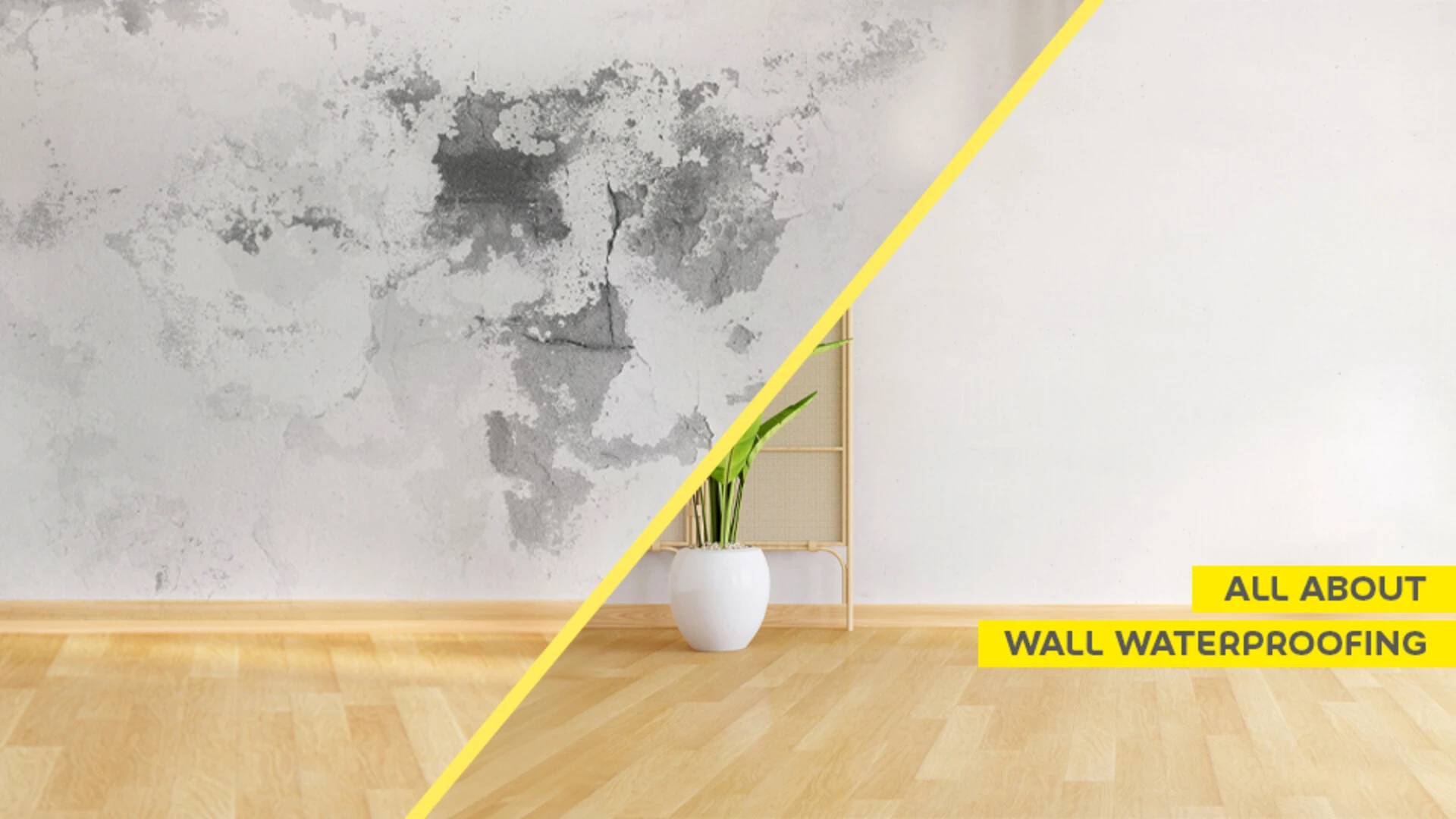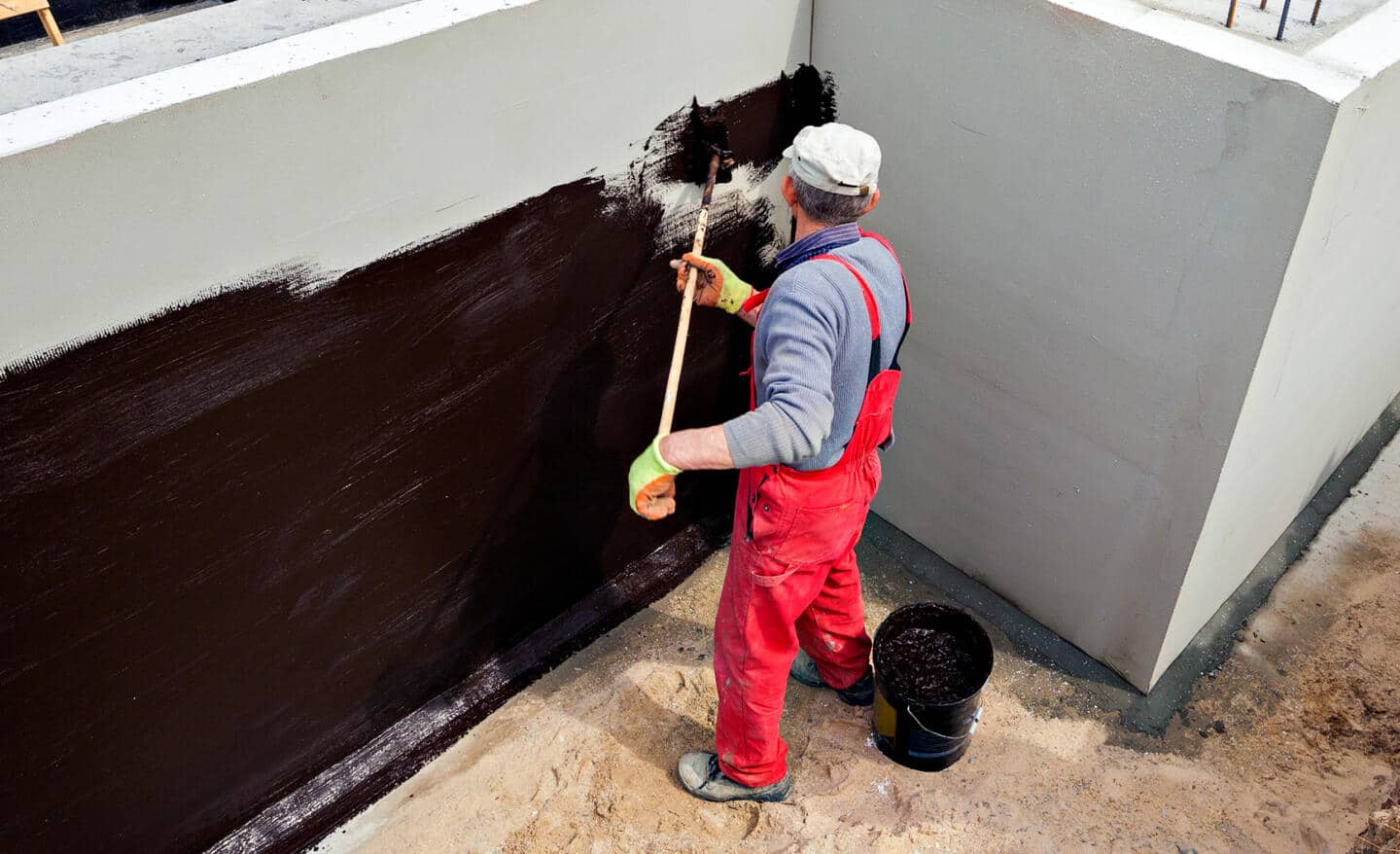Exactly How Waterproofing Functions: A Comprehensive Take A Look At Techniques and Technologies
Waterproofing is crucial for securing structures from moisture-related damage. It includes various techniques and technologies that create obstacles against water breach. Standard techniques, such as compressed clay, coexist with modern technologies like liquid-applied membrane layers. Recognizing the subtleties of these techniques is essential for reliable application. However, the performance of any type of waterproofing remedy hinges not just on the methods used however additionally on recurring upkeep and examination. What are the vital elements that influence long-term efficiency?
Recognizing the Basics of Waterproofing
Waterproofing is an essential procedure that protects frameworks from water invasion, which can bring about considerable damages in time. This method entails the application of numerous products and methods developed to produce an obstacle versus wetness. The primary goal is to avoid water from permeating surface areas, which can trigger wear and tear, mold growth, and architectural instability.Various aspects affect the choice of waterproofing method, including the type of structure, its place, and environmental conditions. Comprehending the physics of water movement and the buildings of various materials is important in picking an effective waterproofing solution.Effective waterproofing not only safeguards buildings however also enhances their long life and honesty. Typically, it is incorporated into the style phase of building and construction to guarantee comprehensive protection. As awareness of water-related issues expands, the significance of comprehending waterproofing fundamentals ends up being significantly clear to architects, home builders, and home proprietors alike.
Typical Waterproofing Methods
Typical waterproofing approaches have actually been made use of for centuries, relying on tried and true techniques and materials to protect structures from water damages. Among the oldest methods involves the use of clay, which, when compacted, develops an all-natural barrier versus moisture. In addition, bitumen, a sticky, black product acquired from oil, has been utilized for its water-resistant residential or commercial properties, frequently put on roofs and foundations.Another method includes the application of lime-based plasters, which supply a breathable layer that permits wetness to escape while protecting against water ingress. Thatch roof covering, a standard technique still seen in some societies, provides exceptional waterproofing because of its tightly packed straw layers.Moreover, using stone and block has been prominent, as these products are inherently resistant to water when correctly installed. Overall, traditional waterproofing approaches highlight the relevance of selecting suitable materials and building and construction practices to improve toughness versus water intrusion.
Modern Waterproofing Technologies
Innovations in modern-day waterproofing innovations have changed the way structures are safeguarded from water damages. Cutting-edge methods such as liquid-applied membranes and sophisticated sealants have improved the effectiveness and versatility of waterproofing options. These technologies permit seamless application, decreasing the risk of leaks and guaranteeing extensive insurance coverage over complex surfaces.Moreover, the combination of wise innovations, such as wetness sensing units and automated surveillance systems, enables real-time assessment of waterproofing performance. This proactive technique assists in timely upkeep and minimizes long-lasting repair costs.Additionally, innovations in spray-applied coverings offer fast application and excellent attachment, adapting to various substrates while offering robust security. Techniques like polymer-modified systems additionally improve flexibility and longevity, making them suitable for varied settings. On the whole, modern-day waterproofing technologies not just alleviate water intrusion yet additionally add to the durability and sustainability of frameworks, marking a considerable shift in the sector.
Products Used in Waterproofing
The performance of waterproofing remedies greatly depends on the products used in their application. Different materials are used to create barriers versus water access, each with special homes matched for various environments. Commonly utilized products include membranes, finishings, and sealants.Liquid-applied membranes, frequently made from polyurethane or acrylic, form a seamless barrier that adapts to complicated surfaces. Sheet membranes, normally built from rubber or thermoplastic, offer durability and are excellent for larger locations. In addition, cementitious waterproofing materials, made up of cementitious substances, supply exceptional attachment and flexibility.Sealants made from silicone or polyurethane are crucial for joints and joints, making sure thorough security. Innovative products, such as geo-composite membrane layers, combine several functions, boosting efficiency. Overall, the option of waterproofing materials is essential in achieving lasting and effective water resistance, tailored to details job needs and ecological problems.
Usual Applications of Waterproofing
Waterproofing plays a vital role in different sectors, making certain the longevity and honesty of frameworks. Usual applications consist of property services that safeguard homes, industrial infrastructure that safeguards businesses, and industrial setups that require durable protection against wetness. Understanding these applications highlights the value of waterproofing in maintaining both safety and security and capability throughout various settings.
Residential Waterproofing Solutions
Many house owners encounter obstacles with dampness invasion, making reliable household waterproofing options important. Numerous approaches exist waterproof cement showers to resolve this problem, consisting of inside and exterior waterproofing systems. Inside services typically involve the application of sealants and finishes to cellar walls, which aid protect against water seepage. Outside approaches commonly consist of the installation of water drainage systems and waterproof membranes that draw away water away from the foundation.Additionally, homeowners may take into consideration sump pumps to eliminate water accumulation and dehumidifiers to regulate humidity levels. Proper grading and using seamless gutters also play an essential role in handling water flow around the home. By implementing these strategies, property owners can substantially lower the risk of water damage and mold and mildew development, guaranteeing a dry and risk-free living environment.

Industrial Infrastructure Security
Effective waterproofing services play an essential duty in the security of commercial framework. Basement waterproofing Omaha. These methods are vital for safeguarding structures, parking frameworks, and bridges from water damage, which can endanger architectural honesty and result in pricey repair work. Typical applications consist of the installment of membranes, coverings, and sealants that produce barriers against dampness infiltration. Locations such as basements, roofs, and exterior walls are usually prioritized to ensure longevity and visit this site toughness. Furthermore, waterproofing systems can boost power effectiveness by protecting against water-related problems that may bring about mold development and wear and tear. By carrying out robust waterproofing steps, homeowner can protect their investments and preserve operational effectiveness, inevitably contributing to the general sustainability of business centers
Industrial Applications Overview
While various fields face distinct difficulties, the requirement for trusted waterproofing remedies stays a constant in commercial applications. Industries such as production, building and construction, and power commonly run into settings where moisture direct exposure can jeopardize structural stability and operational performance. In making facilities, waterproofing is critical for safeguarding machinery and materials from water damage. In building and construction, it safeguards foundations and cellars versus groundwater infiltration. The power market counts on waterproofing for the security of tools in hydroelectric plants and overseas structures. In addition, food handling sectors make use of waterproofing to ensure hygiene and conformity with safety and security criteria. Generally, effective waterproofing remedies are vital for improving longevity, safety and security, and efficiency throughout different industrial settings.
Maintenance and Longevity of Waterproofing Solutions
Waterproofing remedies are created to offer long-term security against wetness breach, regular upkeep is crucial to guarantee their performance and long life. Regular assessments play a substantial duty in recognizing possible concerns such as fractures, peeling off, or indications of water damages. Attending to these problems without delay can protect against additional wear and tear and expensive repairs.Additionally, cleaning up the surface of waterproofed locations aids remove dust and debris that can endanger the integrity of the waterproofing barrier. It's likewise suggested to reapply protective finishes or sealants as suggested by makers to maintain suitable efficiency. Environmental aspects, such as UV direct exposure and severe climate condition, can influence the life-span of waterproofing products, making normal assessment crucial
Frequently Asked Inquiries
Can Waterproofing Be Applied in Winter?
The inquiry of using waterproofing in winter elevates problems regarding bond and healing. Several items might not perform at their finest in low temperature levels, demanding careful option and factor to consider of particular standards for efficient application.
How Lengthy Does Waterproofing Commonly Last?
The duration of waterproofing efficiency varies based upon products and ecological factors. Typically, it can last from five to ten years, yet regular upkeep and assessments are vital to assure peak performance and long life.
Is DIY Waterproofing Effective and Safe?
The effectiveness and security of DIY waterproofing rely on here are the findings numerous variables, including worldly quality and application technique. While some people accomplish sufficient results, others might run into concerns that endanger long-term security and architectural stability.
What Are the Signs of Failing Waterproofing?
Indicators of falling short waterproofing include noticeable water spots, peeling off paint, mold development, stuffy smells, and moisture in walls or ceilings - Sump pump discharge drainage Omaha. These indications suggest endangered barriers, necessitating prompt assessment and potential removal to avoid more damage
Just how Do I Select the Right Waterproofing Specialist?
